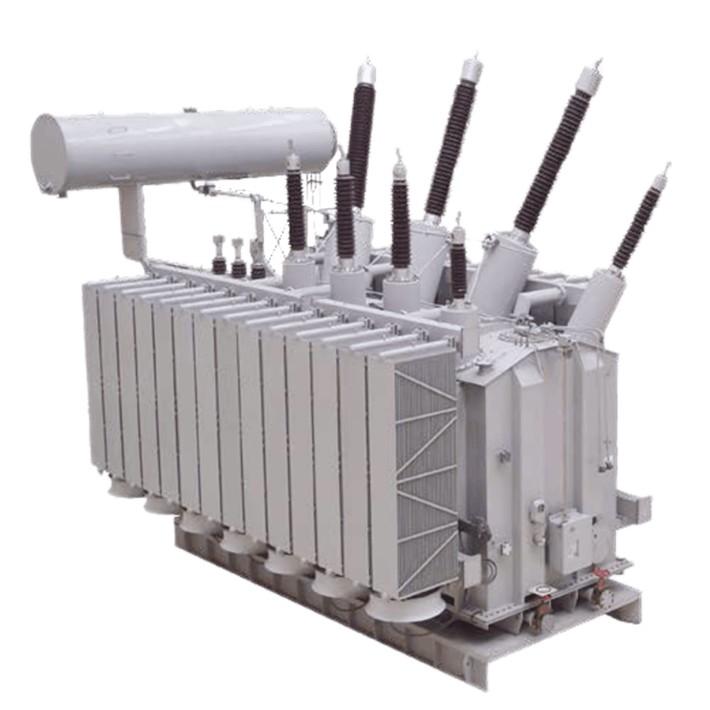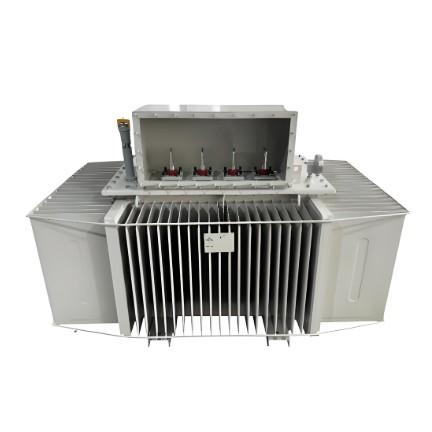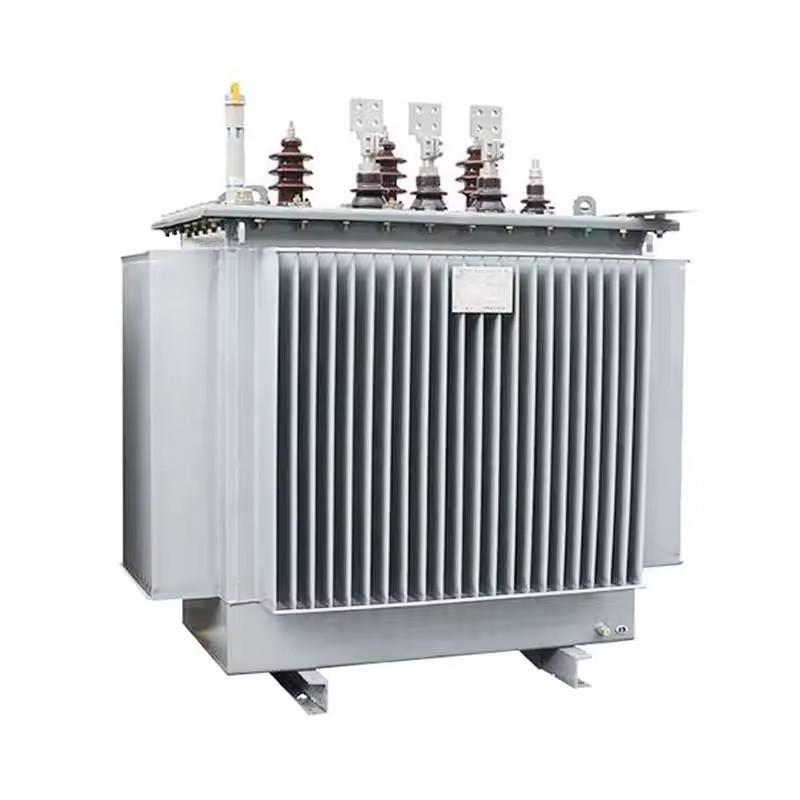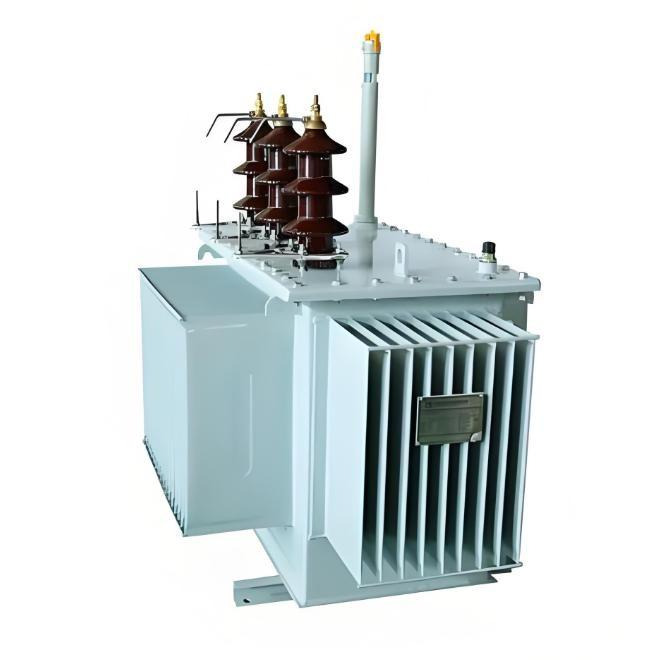DG Matrix and Resilient Power dîwarên ku transformerên solid-state yên ji bo pêşkeftina xercan, dema, û taybetmendiyên çalak bikan da di ser data centers, şarazên barkirina otomobîlên elektrîk (EV), û sêwergirên din de. Ji deseyên hêjîn beri, mühendisan elektrîk bi rêvand in destpêkirin ku divê cihazek bi rêya ku yê wekhevî ye ku panelên solar, sistemên baterî, û jeneratoran li ser sahên operasyon bi teçhîbên guhurt û pêşketin bavêje bike.
Niha, ev cihazan ku ji nîmetin transformerên solid-state neken derbas diçe wan derbasandin — û destûrê wê ya niha dikare bibe.
Çunki teknolojiyek dikare penber be ku dersmalên guhurtên guherî yên data centers, fabrikên, û şarazên barkirina EV bikin, ku dikarin werger û istifadeyên rojan berdane karî karan, û ji bo vê amadeyên istifadeyên rojan berdanê heye ku dikarin xerîdarên energyê were ferman kirin.
Niha, dema ku ew ê bi rêyên xerîdarên guhurtên guherî yên energyê re hatine hateyan, ew ê di navbera kapasiteyê de hatine hateyan. Teorîkî, vê pirsek dikare bi rêyên danaya ku ji bo îmkanverdanên wan bi rêyên rastkirina panelên solar, baterî, û jeneratoran li ser sahên operasyon yên wan — li serbahe microgrids — bavêje bike, lê ew rêzik dikare bibe veqetandî û meheng.
Her arraya solar, baterî, cella fuel, jeneratorka, an her cihazên diger yên li ser sahên operasyon yên powerê hewce dikin ku ji bo giranbikinên elektrîk, isolation transformers, step-up û step-down transformers, converters yên powerê, bavêjen bi rêyên bi tenê giranbikinên direct current (DC) bi alternating current (AC) an vice versa, û bi rêyên baran û bi rêyên li ser sahên operasyon yên buildingên.
Transformerên solid-state dikarin hemî vê funksyonan bi yek cihaz bavêje bikin, ku bi rêyek bi router control flow data kontrol bikin. Ev bi tenê bi rêyên management ên equipmentên high-power-demand (wek EV chargers) an equipmentên ku bi rêyên power quality bivîsin (wek server racks în data centers).
Haroon Inam, CEO û co-founder û DG Matrix, ew derbarê Transformerên solid-state dikare bavêje bike. DG Matrix yek ji kampaniyên ku ji bo piştgirina transformerên solid-state li ser sahên operasyon yên pratîkî yên wan derbasdin. Ew hatiye $20 million li ser March yên salan de hatiye rakirin, û niha li ser North Carolina factory yên bikin, ku ew ê bi rêyên $1,000 units li ser yearên din bikin. "We are entering the huge and underserved commercial and industrial microgrid market," he said. "People haven't done this because the cost of building a single, custom microgrid is too high."
DG Matrix niha kampanyek e. Heron Power, startup ek ku ji bo Drew Baglino, former Tesla employee, hatiye $43 million rakirin, û bi rêyên build his first solid-state transformers by 2027. Amperesand hatiye $12.5 million last year to continue developing solid-state transformers that are being tested on Singapore's power grid.
Kampaniyên elektronîkên mezun ên bi rêyên ev teknolojiyek hatine hateyan. Electrical equipment giant Eaton agreed last month to acquire Resilient Power Systems, which raised $5 million in 2021 to build and deploy its power conversion equipment for EV charging hubs and other high-energy-consuming environments. Eaton will invest $55 million in the company at the closing of the transaction; depending on Resilient Power's financial and technical performance in the next few years, Eaton may also pay an additional $95 million.
"A lot of people have been working on this technology for more than a decade," said Aidan Graham, senior vice president and general manager of Eaton's Critical Power Solutions business. Now, with advances in several key engineering technologies, this technology may finally be having its golden age — utilities and other institutions have begun to test it.
Evolution of Solid-State Transformers
Eaton has been working on solid-state transformer research and development for many years. The company has not yet disclosed how to scale up the manufacturing and deployment of Resilient Power's technology. But Graham said: "We are exploring several areas, including EV charging and integrating batteries into data centers and other critical environments. 'The loss of power for even a moment can threaten people's lives and cost a lot of money.'"
Michael Wood III, chief of staff at DG Matrix, said the company is testing its equipment with companies including electrical equipment manufacturing giant ABB, North Carolina utility Duke Energy, and PowerSecure, a large microgrid and data center power system developer owned by utility Southern Co.
"The best way to get the next gigawatt of energy is to build distributed systems," Wood said. "Today, you need all these devices to make these projects work smoothly. DG Matrix eliminates the balance between all these systems and simplifies it into a single system."
Inam said the cost of using DG Matrix's solid-state transformer is only half of that of connecting typical on-site microgrid components using a combination of multiple technical standards. In addition, it makes it easier to quickly mix and match equipment or change the system configuration of data centers, EV charging hubs, and other potential microgrid sites.
So if solid-state transformers are such a useful technology, why are they only entering the field now?
There is a good reason it has taken so long, said Vlatko Vlatkovic, a partner at Clean Energy Ventures, a DG Matrix investor and a veteran of General Electric's industrial electrification business who joined the startup's board this year.
The power grid relies heavily on electromechanical devices that operate relatively simply and have changed little over the past century. Despite some progress in recent years that has made devices such as solar inverters or EV drive systems possible, the semiconductors that make modern computing possible have not been widely used in the power grid.
"Pushing the industry to use more power electronics has been a huge challenge," Vlatkovic said, especially at higher grid voltages. Until recently, the underlying technology "was not large enough or reliable enough. There were technical problems."
Similar challenges have plagued solid-state transformers in high-voltage industrial applications, said Neal Dikeman, a partner at Energy Transition Ventures, an investor in Resilient Power. He said continued advances in silicon carbide semiconductors and improvements in the computing power needed to make them efficient at power conversion have helped. "But it's not easy."
Inam, who served as chief technology officer of grid power control provider Smart Wires before joining DG Matrix in 2023, noted that the startup had to solve several key challenges to get to this point.
First, at high voltages, the heat generated by AC-DC conversion is difficult to dissipate. Handling "electromagnetic noise," or interference caused by the same high-frequency electrical switching. "If you don't know how to effectively mitigate the noise, it affects everything. It can cause overheating, explosions, and performance degradation," Inam said.
However, solving these challenges also has its rewards. "Our technology is now mature and sophisticated enough that we can launch reliable equipment," Vlatkovic said.
Why Now Is the Time for Solid-State Transformers
The timing couldn't be better.
"Everything is electrifying, from cars to industry to housing," Vlatkovic said. "If you look at projections of the power the grid will need to deliver over the next 10 to 20 years, you'll see that we need to at least double grid capacity. Some projections even say we need to triple existing capacity."
Inam said meeting the power demands of data centers is a particularly big opportunity.
The ambitious artificial intelligence plans of tech giants are placing a huge burden on the power grids of utilities in data center hotspots such as Virginia, Georgia, and Texas. This has prompted data center developers to explore ways to reduce the pressure on the power grid, including building generators and batteries nearby or on-site.
"The three big problems are the speed of power supply (customers can't get power fast enough), the cost of power, and the ability to aggregate multiple resources for flexibility," Inam said. "We've talked to enterprise customers with hundreds or thousands of sites. The biggest challenge they face is having to design each site from scratch. They're looking for a turnkey solution to the challenge of deploying 1,000 sites instead of one."
Solid-state transformers can help meet these needs, Vlatkovic said. "From complex installations and multiple companies to one company taking care of everything."
Putting More Functions into Smaller Packages
Graham of Eaton said that "high-power-density" packaging can also save valuable space in tight environments such as data centers and EV charging stations. Solid-state transformers can be mass-produced in factories, reducing the cost and time of electrical labor at construction sites. "You've brought it back into a controlled manufacturing environment," Graham said.
In addition, having a single device that can perform multiple tasks simplifies engineering requirements, Dickman said.
"If you design a complex system using off-the-shelf components, the mismatch of different devices can't fully meet the system's requirements. This increases costs and reduces efficiency," he said. "You can solve this problem with custom products — but that's more expensive and riskier. When you're dealing with solar, energy storage, and data centers, and people who need to move quickly and need something reliable and cheap, all of this falls apart."
Joaquin Aguerre, the company's director of strategic portfolio development, said all these potential advantages have prompted microgrid developer PowerSecure to launch pilots of at least two solid-state transformer technologies, including tests in collaboration with DG Matrix. "We're trying to be at the forefront of this technology."
PowerSecure has designed and installed more than 2.4 gigawatts of microgrid capacity for customers ranging from large retailers and hospitals to utilities and data centers. The company is particularly focused on solid-state transformers to integrate energy-efficient "hybrid microgrids" that combine "solar, energy storage, natural gas generators, fuel cells, EV charging — whatever you can think of," Aguerre said.
"The real market demand has started to emerge," he said. At the same time, "most of these companies are still in the early stages.... The next logical step is to conduct appropriate pilot projects to observe real customer use cases on a smaller scale" and test the durability and reliability of the relevant technologies.
After all, no matter what disadvantages traditional transformers have compared with cutting-edge power electronics, "they don't fail often," Aguerre pointed out. "Everyone expects the same reliability from whatever solid-state transformer they're looking at."





















